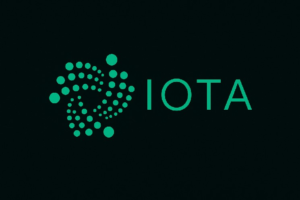As global regulators sharpen their focus on fiat-backed stablecoins—from the European Union’s MiCA framework to the U.S. GENIUS Act—the stablecoin category is gaining legitimacy as financial infrastructure. But a more transformative shift is already underway. The next frontier in digital dollars is not compliance. It is programmable design. Synthetic stablecoins, built on-chain with crypto-native collateral and dynamic risk tooling, are redefining what stable assets can do.
Synthetic dollars differ fundamentally from fiat-backed models. Coins like USDC and RLUSD hold reserves in cash and short-term U.S. Treasuries, offering transparency and direct regulatory alignment. Synthetic models, by contrast, are collateralized with a broader set of assets—from ETH, BTC, and liquid staking tokens to tokenized commodities like gold. This model is inherently more flexible and capital-efficient, but also comes with a different risk surface.
Protocols like Ethena, and JANUS reflect a new class of synthetic dollar systems. They emerged ahead of formal regulatory guidance, yet user traction is undeniable. In this context, regulatory engagement is no longer hypothetical. It is inevitable. Policymakers will increasingly face pressure to distinguish between fiat-referenced stablecoins and overcollateralized synthetic assets that embed risk logic on-chain. As of 2025, there are no clear global standards for synthetic dollar disclosures, reserve attestations, or redemption rights—an area ripe for development.
Critics are right to flag concerns: synthetic dollars can face peg instability and liquidation cascades. But new design primitives are addressing these head-on. Overcollateralization ratios are dynamically adjusted. Yield engines draw from diverse, transparent strategies—funding rate arbitrage, cross-exchange spreads, and DeFi-native staking. Smart contract logic governs collateral management, slippage thresholds, and redemptions in real time.
These are not algorithmic coins posing as dollars. They are programmable, collateral-backed financial products. And as demand for on-chain yield intensifies, their relevance will only grow. Unlike traditional stablecoins, synthetic dollars can integrate with risk oracles, liquidation bots, and cross-chain messaging standards like Chainlink CCIP, enhancing their ability to scale securely across networks.
From an institutional standpoint, the future is not binary. Fiat-backed stablecoins will continue to anchor payment rails, remittances, and regulated DeFi corridors. Synthetic dollars will serve capital-productive functions: liquidity farming, yield optimization, and collateral composition in advanced protocols. Two models, two mandates. Synthetic systems offer real-time composability, customization of risk, and deeper utility for decentralized financial infrastructure.
The lesson is clear. The stablecoin category is fragmenting, not consolidating. And forward-looking capital allocators, developers, and regulators must understand the emergence of synthetic dollars now—before the category matures without their input. As synthetic frameworks evolve, the opportunity lies not just in embracing innovation but in shaping its governance from the ground up.
Read the full article here









